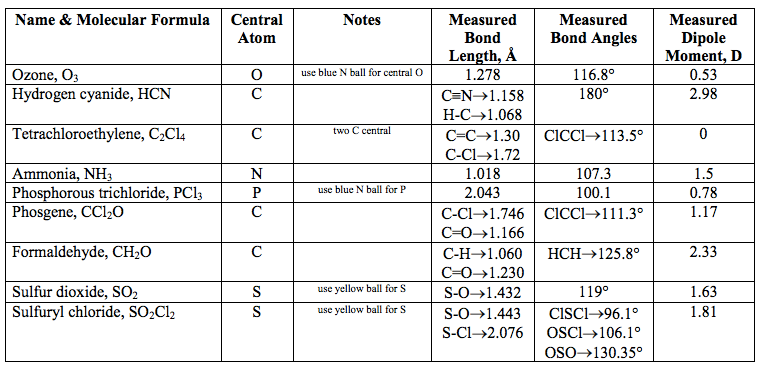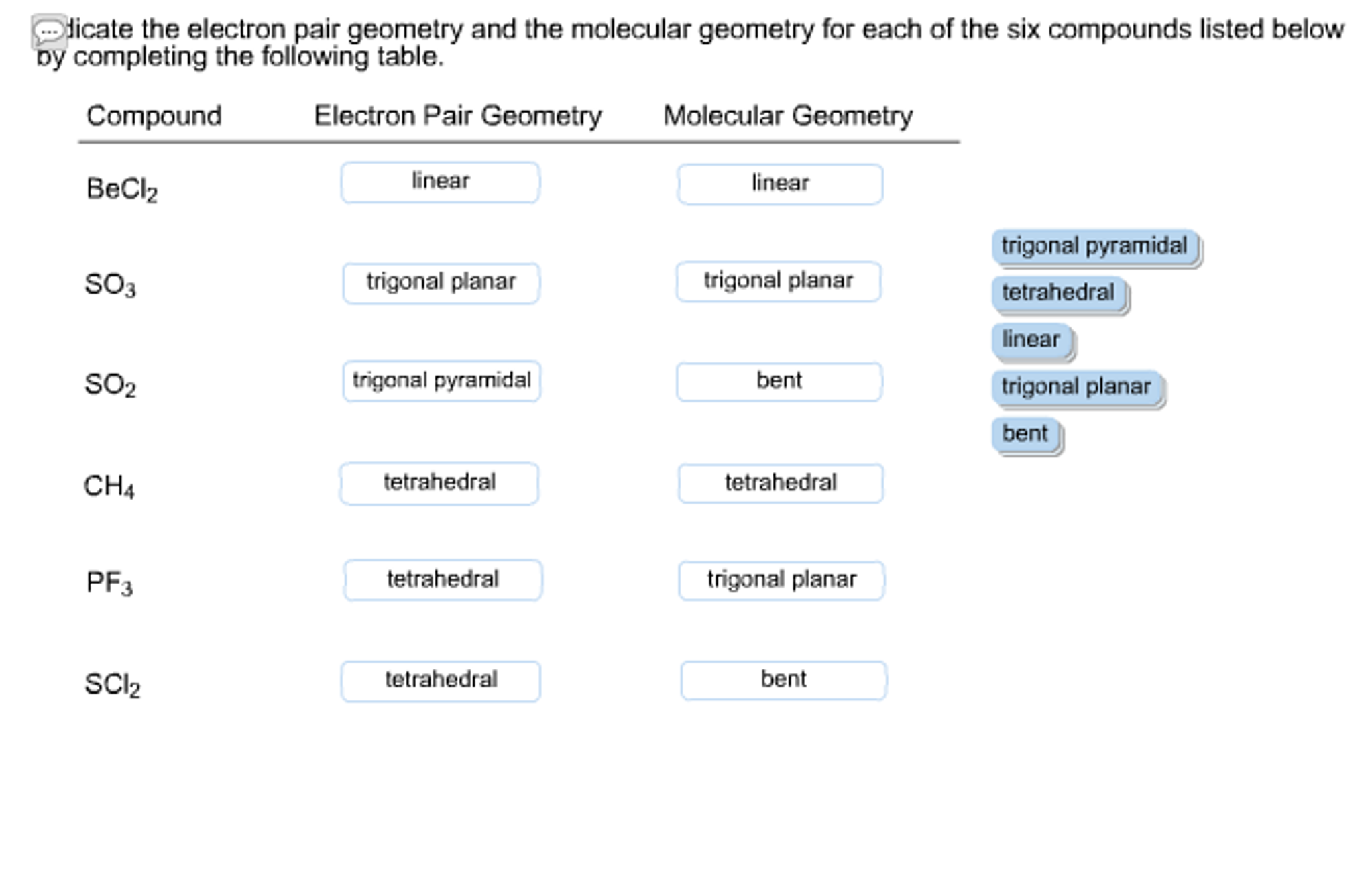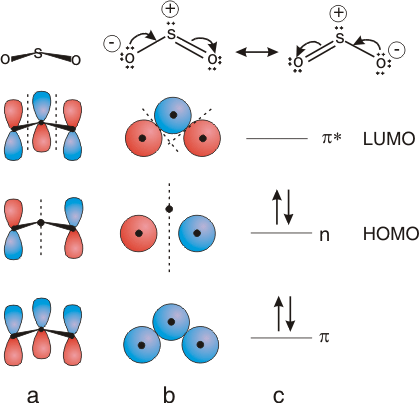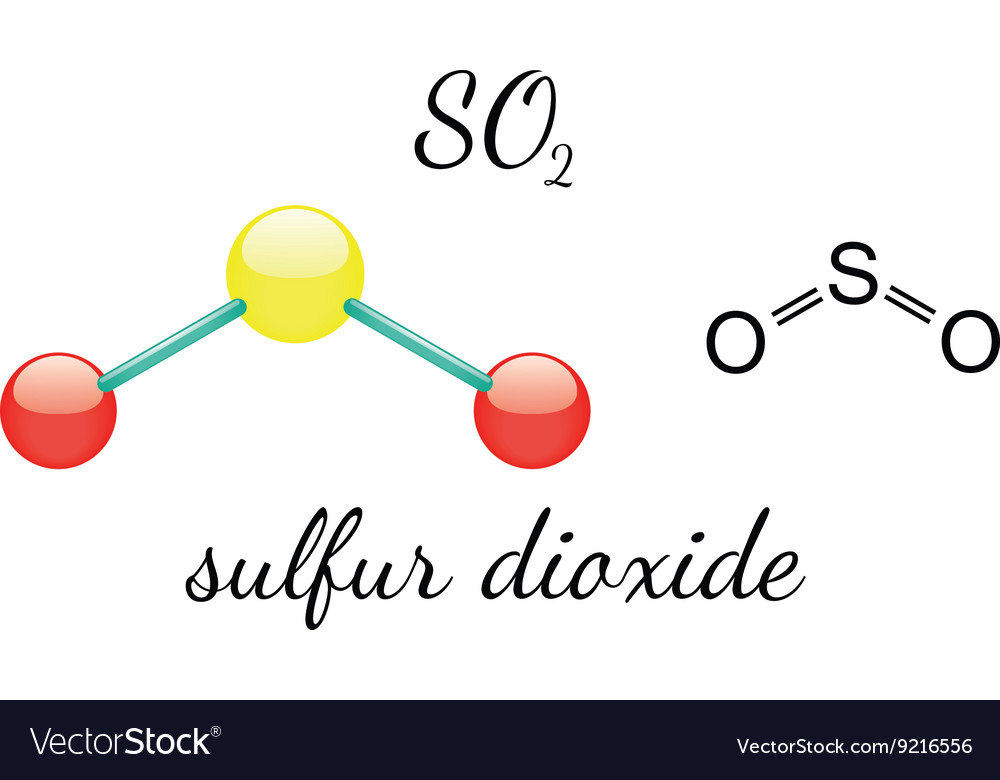


To summarize this blog post on the PH3 molecule, we can conclude the following: Hence the molecular geometry for the PH3 molecule is a trigonal pyramidal. All the bonding pairs of electrons are at the base of the pyramid of geometry, and the lone pair is at the top. The molecule attains a trigonal pyramidal geometry to minimize these repulsive forces.

According to the VSEPR theory, there are repulsive forces between bonding pairs of electrons, bonding and nonbonding pairs of electrons, and even nonbonding electrons.Īs a result, this lone pair tries to remain as far as possible from these bonding pairs of electrons. In this molecule, Phosphorus has one lone pair of electrons along with three bonding pairs of electrons. The bond angles are approximately 93.5° for the PH3 molecule. The central atom forms three sigma bonds with Hydrogen atoms and has a lone pair of electrons. PH3 Bond AnglesĪlthough Phosphine or PH3 molecule resemble NH3 molecule, there is a difference in their bond angles. Because it is a Drago molecule, there is no hybridization instead, pure p-orbitals participate in bond formation. As a result, there is no hybridization for the PH3 molecule. Apart from this, it also belongs to group 15. Here in PH3, the electronegativity value for Phosphorus is 2.19 ( less than 2.5), and it also has one lone pair of electrons.

Once you have done that, place a pair of electrons between each Hydrogen and Phosphorus atom. So we will place the Phosphorus atom in the centre, and all the other Hydrogen atoms will be placed surrounding it. Here for PH3, the phosphorus atom will take the central position as Hydrogen atoms cannot take a central position in the Lewis Structure. To know the Lewis Structure, we first know the central atom and the arrangement of other atoms. Lewis Structure is the pictorial representation of the arrangement of atoms and valence electrons in the molecule. There are eight valence electrons for the Phosphine or PH3 molecule. Hence, now there are three valence electrons for all hydrogen atoms in total. But there are three hydrogen atoms in this molecule, due to which we will multiply the number by 3. Hydrogen has one valence electron in its outer shell. Phosphorus has five valence electrons in its outer shell. Here we will find out the total number of valence electrons for PH3 by looking at the valence electrons of atoms individually first and then adding it. To determine the Lewis Structure of any given molecule, it is crucial to know the total number of valence electrons for the molecule. These electrons are the ones that participate in bond formation. Valence electrons are the electrons present in the outermost shell of the atom. PH3 Molecular Geometry and Shape PH3 valence electrons.


 0 kommentar(er)
0 kommentar(er)
